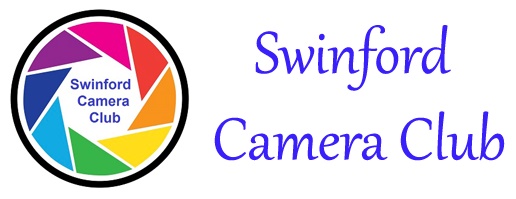Geminids Meteor Shower 2016
Its hard to believe its near the end of the year again and the Geminids Meteor Shower 2016. The annual Geminids Meteor shower peaks on the night of December 13th, the best time to see them is after midnight. This year unfortunately, as well as trying to contend with the weather, there will also be a full moon. Although this full moon will wash out the meteor shower, there still maybe a chance of seeing some if the skies are clear enough.
The Geminids are one of the more spectacular meteor showers of the year, where it is possible to see up to 120 meteors an hour. The best chance to view the Geminids meteors is to get out to the countryside, away from all light pollution from street lights. The best time to view the meteors is from 10pm to dawn. Be aware that meteors often come in spurts, interspersed by lulls.
What causes the Geminids meteor shower?
Unlike most other meteor showers, the Geminids are associated not with a comet but with an asteroid – the 3200 Phaethon. The asteroid takes about 1.4 years to orbit around the Sun. Every year, in December, our planet Earth crosses the orbital path of asteroid 3200 Phaethon, a mysterious body that is sometimes referred to as a rock comet.
In periods of 1.43 years, this small 5-kilometer (3-mile) wide asteroid-type object swings extremely close to the sun (to within one-third of Mercury’s distance), at which juncture intense thermal fracturing causes this rocky body to crack and crumble, and to shed rubble into its orbital stream. Annually, at this time of year, the debris from 3200 Phaethon crashes into Earth’s upper atmosphere at some 130,000 kilometers (80,000 miles) per hour, to vaporize as colourful Geminid meteors.
For more information on the Geminids Meteor Shower visit Space.Com, timeanddate.com & Earthsky.org.



Recent Comments